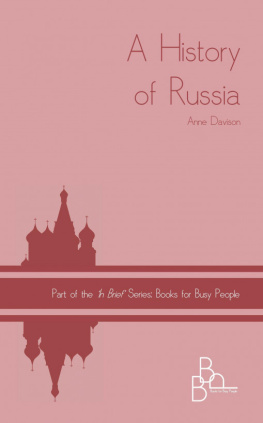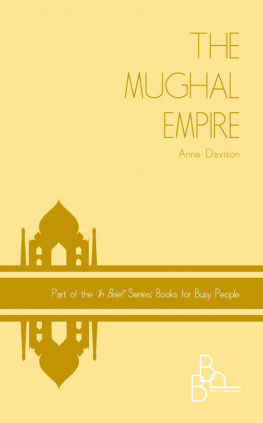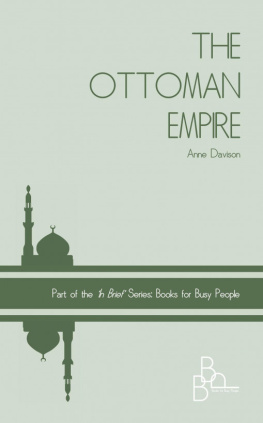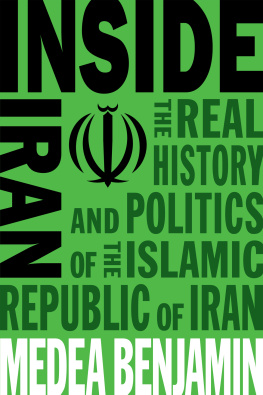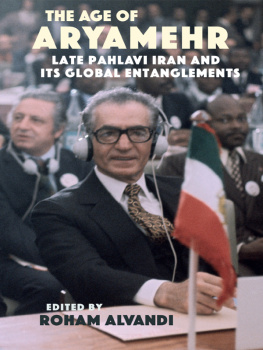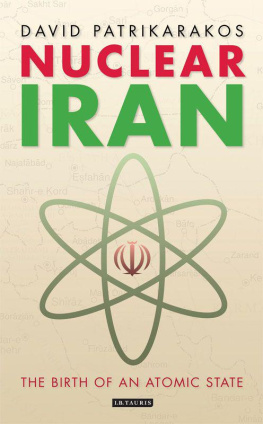FROM THE MEDES TO THE MULLAHS
A History of Iran
Part of theIn BriefSeries: Books for Busy People
by Anne Davison
Smashwords Edition
This ebook is licensed for your personal enjoymentonly. This ebook may not be re-sold or given away to other people.If you would like to share this book with another person, pleasepurchase an additional copy for each recipient. If you're readingthis book and did not purchase it, or it was not purchased your useonly, then please return to Smashwords.com and purchase your owncopy.
Thank you for respecting the hard work ofthis author
Copyright 2013 Anne Davison
Cover designed by Karen Turner

TABLE OF CONTENTS
The content of this short book began as aseries of lectures. At the time I was often asked if I had everwritten on the subject and over a period of time I was encouragedby others to bring the material together as a book.
What follows is an overview of the historyof Iran, starting around 670 BCE with the period of the Medes andending with the modern Islamic Republic of Iran. The book is aimedat the general reader rather than the academic. I start with thebig picture, the outline, and then fill in some, but not all, ofthe detail. It is rather like building a house; beginning with theframe, then dividing the interior into different rooms and finallyputting the furniture in place.
Occasionally I will include events that arenot perhaps central to Iranian history, for example the Battle ofMarathon or the meeting of Anthony and Cleopatra in Tarsus, modernTurkey. The reason for their inclusion is because I have tried tomake links between events that are familiar to readers of Europeanhistory with the history of Iran. In other words, fitting thepieces of 'Western' history into the larger jigsaw of worldhistory. My hope is that the reader may be encouraged to furnishthe rooms, or discover some other pieces of the jigsaw forthemselves.
A word about dating: I have used BCE (Beforethe Common/Current Era) rather than BC and I have retained the morefamiliar AD. However from Chapter Three onwards I have dropped theuse of AD since by this time the period should be obvious to thereader and repeated, unnecessary use could be irritating.
The book was first published in 2013. Thisversion provides an extended Epilogue in order to bring thesituation in Iran in relation to the current Syrian crisis andchanges in world politics, up to date.
Throughout much of its history the countryhas also been referred to as Persia. Both names have been used atvarious times to describe this region of central Asia and bothnames will be used throughout according to context. The name Irantakes its roots from the word Aryan and from about 600 BCE theregion was known as the 'Land of the Aryans'. The word Persia wasused by the Greeks to describe the tribal people who lived in thearea of Pars, or Fars in South Western Iran. In common with theGreeks, the Biblical writers also spoke of Persia. The languageFarsi, or Parsee, is also derived from the region of Pars, as arethe Parsees of India. Since the 1979 AD Revolution the country hasbeen officially known as the Islamic Republic of Iran and mostpeople of the country refer to themselves as Iranians.
In order to understand the history of anycountry it is helpful to look first at its geography. Geographydetermines trade and political relations with neighbouringcountries and also the movement of people and ideas. Naturalboundaries are also important because they act both as a naturaldefense and a deterrent to invaders. If we look at the map of Iranwe can see the natural boundaries of the Persian Gulf, the Zagrosmountains and the mountainous regions of Afghanistan. At varioustimes in history the boundary of what was Greater Iran reached tothe Caspian Sea in the North West, the Levant in the West and theIndus Valley in the East.
In the early part of its history the ancientSilk Road stretched across the northern part of Greater Iran,carrying both goods and ideas between Egypt and China, bringingboth wealth and power to the region. As early as 500 BCE a postalsystem operated along the route providing fresh horses and ridersat regular intervals.
Iran's political history has also beenentwined with that of its neighbours and events in the widerregion. In the East, relations with the Afghans, the Mongols andpeople of the Indian sub-continent have varied from one of friendlyalliance to open hostility. In the West, relations with ImperialRome, the Byzantines, the Ottomans, the Islamic Caliphates andRussia have often been volatile. In recent years Iran hasexperienced tensions not only with near neighbours Israel, SaudiArabia and Iraq, but also with those further afield such as theUnited States and the United Kingdom.
Another point worth mentioning is that worldmaps change; names change and so do boundaries. If you look at amap of Iran today, you will not see many of those ancient namessuch as Susa, Haran or Babylon. Furthermore, Iran today is muchsmaller than it has been for most of its history when itincorporated todays Iraq, Afghanistan and regions bordering theCaspian Sea. Changing boundaries are usually the consequence of, orreason for, conflict and war. There have been border conflicts withRussia, Afghanistan, the Ottomans and Turkey and more recently withIraq.
Two other points that are relevant to Iran'srecent past. First, it has vast oil and gas reserves and second, itis a Shi'a country surrounded by an often-hostile Sunni Islam.
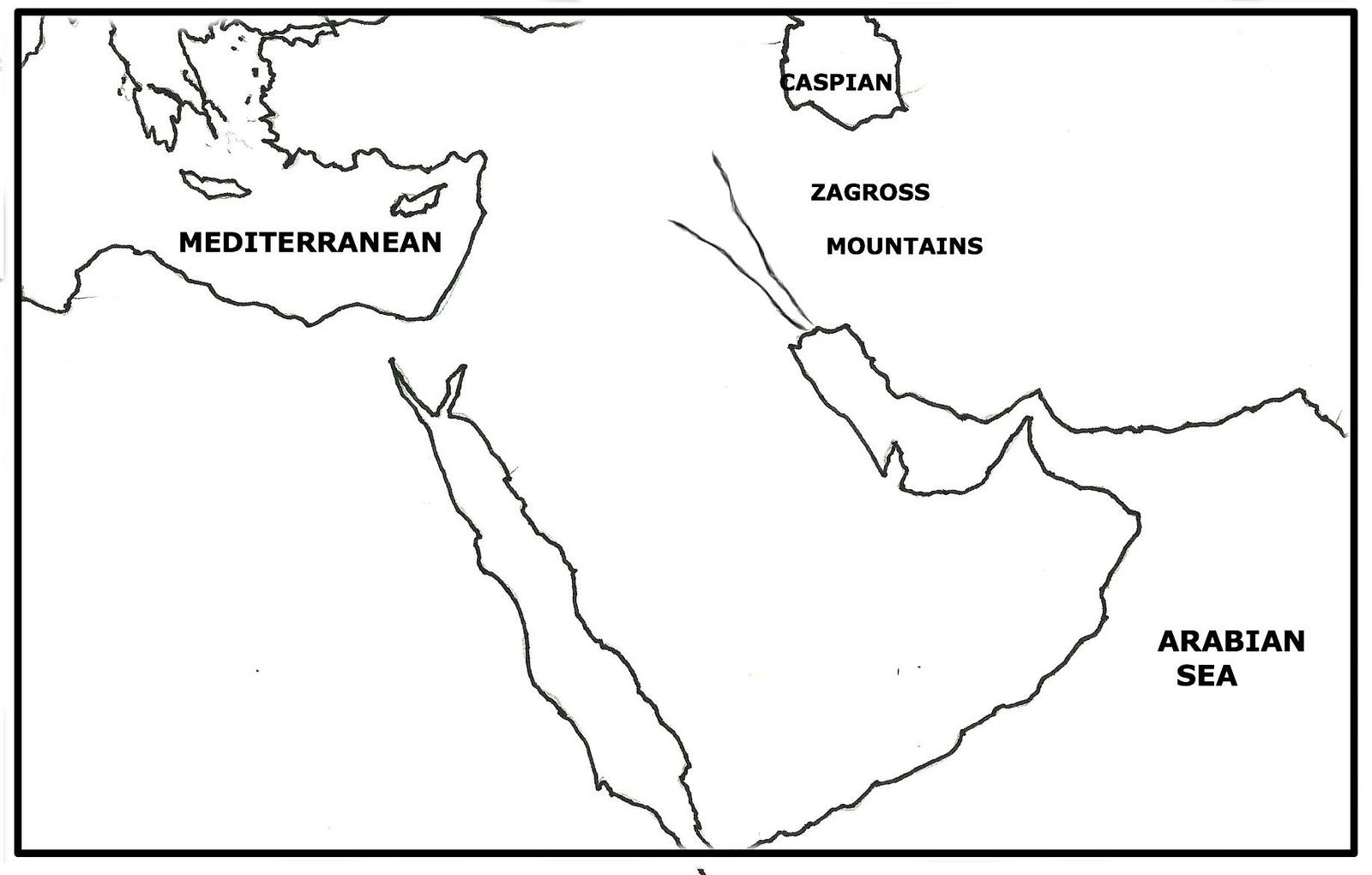
We begin with the Median Empire, or MedianConfederation, which lasted from 678 BCE to 549 BCE. Before thistime the Medes and also the Persians came under the rule of the NeoAssyrian Empire which was based in Mesopotamia, modern day Iraq.The Medes, the Assyrians and Mesopotamia are all mentioned in theBible and it was sometime between 597 BCE and 582 BCE when,according to the Hebrew Scriptures, that Nebuchadnezzar, King ofthe Neo Babylonian Empire sacked Jerusalem and deported thousandsof Jews to Babylon, which was located near to modern Baghdad. Thisevent is sometimes referred to as the First Jewish Diaspora.
In 538 BCE Cyrus the Great, ruler of theMedian Empire, which became known as the Achaemenid Empire,conquered Babylonia. He then freed the Jews, many of whom returnedto Jerusalem where they began building the Second Temple. However,not all Jews returned to Jerusalem; a considerable number remainedin Babylonia and their descendants eventually became a sizeableIraqi Jewish community, a remnant of which can still be found inBaghdad. The return of the Jews from their exile in Babylon is apivotal moment in Jewish history and is remembered by Jews aroundthe world in their prayers when they give thanks to Cyrus the Greatfor the freedom he gave them some two and a half thousand yearsago.
Cyrus was from Pars and was the first rulerof the first great Persian, or Achaemenid Dynasty. His Empire wasvast, stretching from modern day Turkey in the West to the IndusValley in the East. He is remembered as a just ruler and part ofhis success was due to his tolerance towards those he conquered,allowing freedom of religion and also an element of self-rule. Hereplaced the client kings of the Median period with twentysatraps who ruled the Empire as viceroys, or governors inthe name of the Emperor. The satraps were responsible forthe administration of land and highways, collecting taxes andacting as judges. It was a system that was later inherited bysuccessive Empires.


